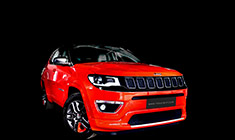News
Replacing rear discs, calipers & brake pads of a rare 1996 Lancia Dedra
The right rear brake had been stuck and the brake pads were completely gone, down to the bare metal.
BHPian Jeroen recently shared this with other enthusiasts.
I drove over to help spanner mate Peter. He recently bought a 1996 Lancia Dedra. As you would expect from somebody who is a professional Classic Car valuator, this is quite a rare Lancia. There are less than 25 of these Lancias left in the Netherlands and only a few of those are estates, such as the one Peter bought.
I drove my W123 with some tools in the boot. About an hour, and 35 minutes of driving. Very quiet on the Dutch motorways early on a Sunday morning.


First thing when I arrived is to have some coffee. Both Peter and I are absolute coffee junks. Peter had already taken the old brake pads out and loosened up everything else.
Over coffee, we looked at some of the old parts and the new parts.
The right rear brake had been stuck and the brake pads were completely gone, down to the bare metal!!
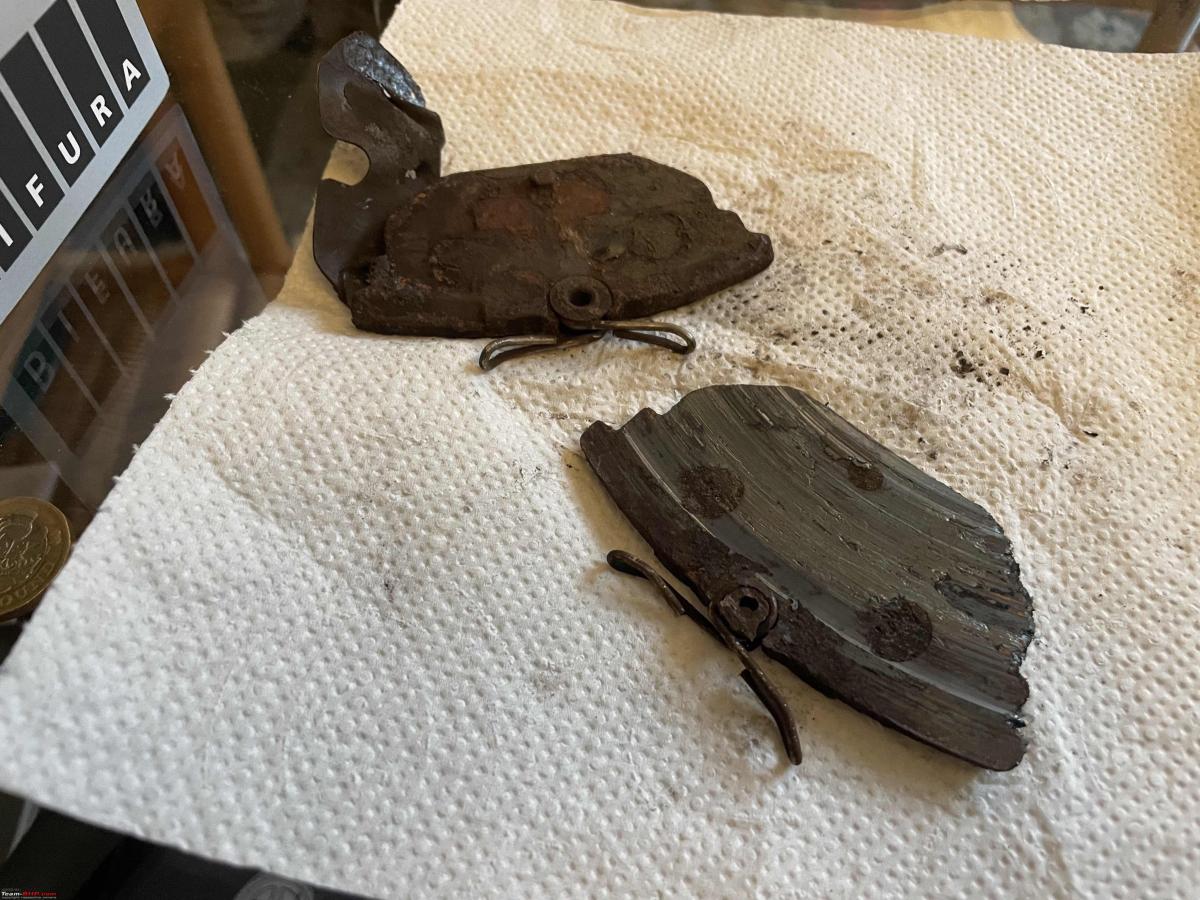
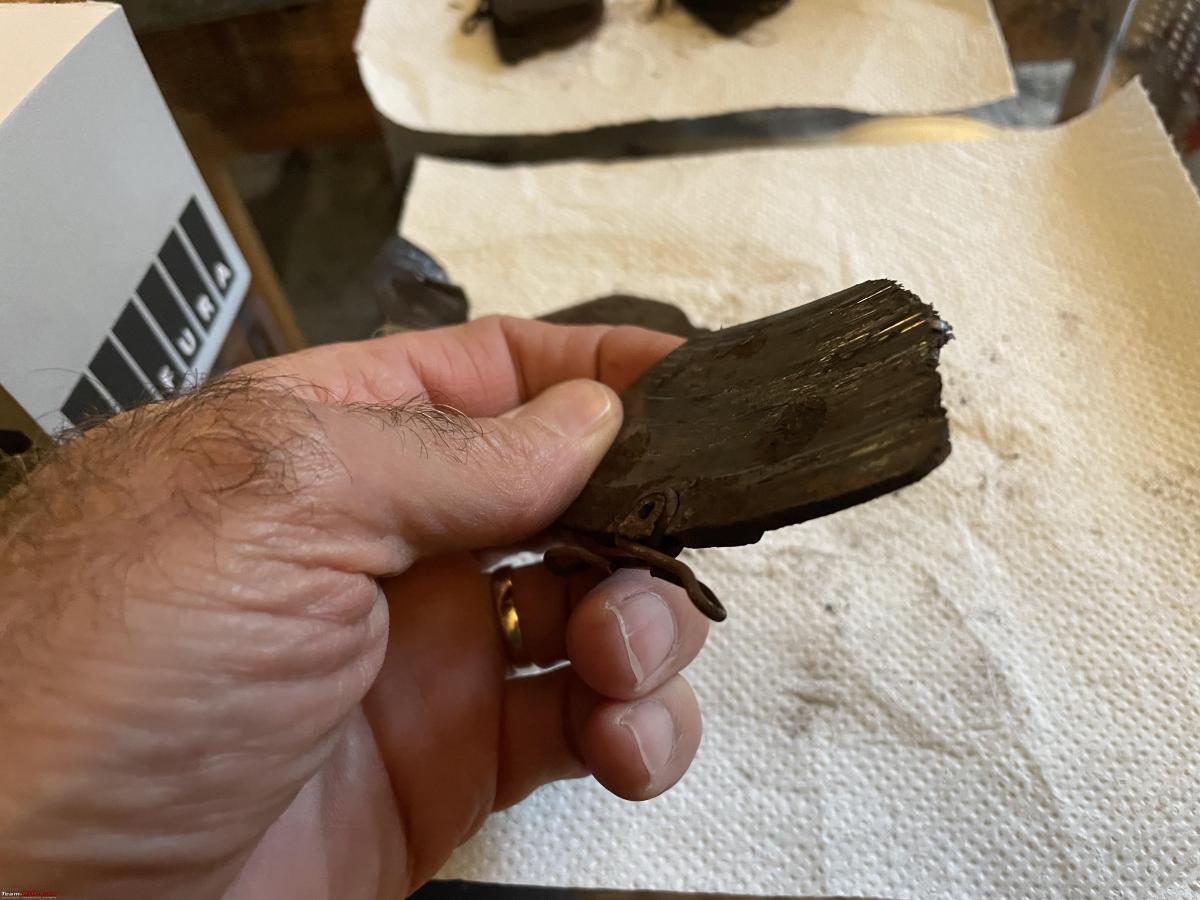
Peter had bought new discs, new callipers (refurbished) and new pads. The refurbished callipers look really smart.

Notice how this is a similar system as we recently came across on my other spanner mate Toon, when working on this SmartForFour Brabus. These rear disc brakes don’t have drum/shoe for the parking brake. The handbrake lever operates a cable that is connected to the lever on the rear of the calliper. It rotates the piston outwards.
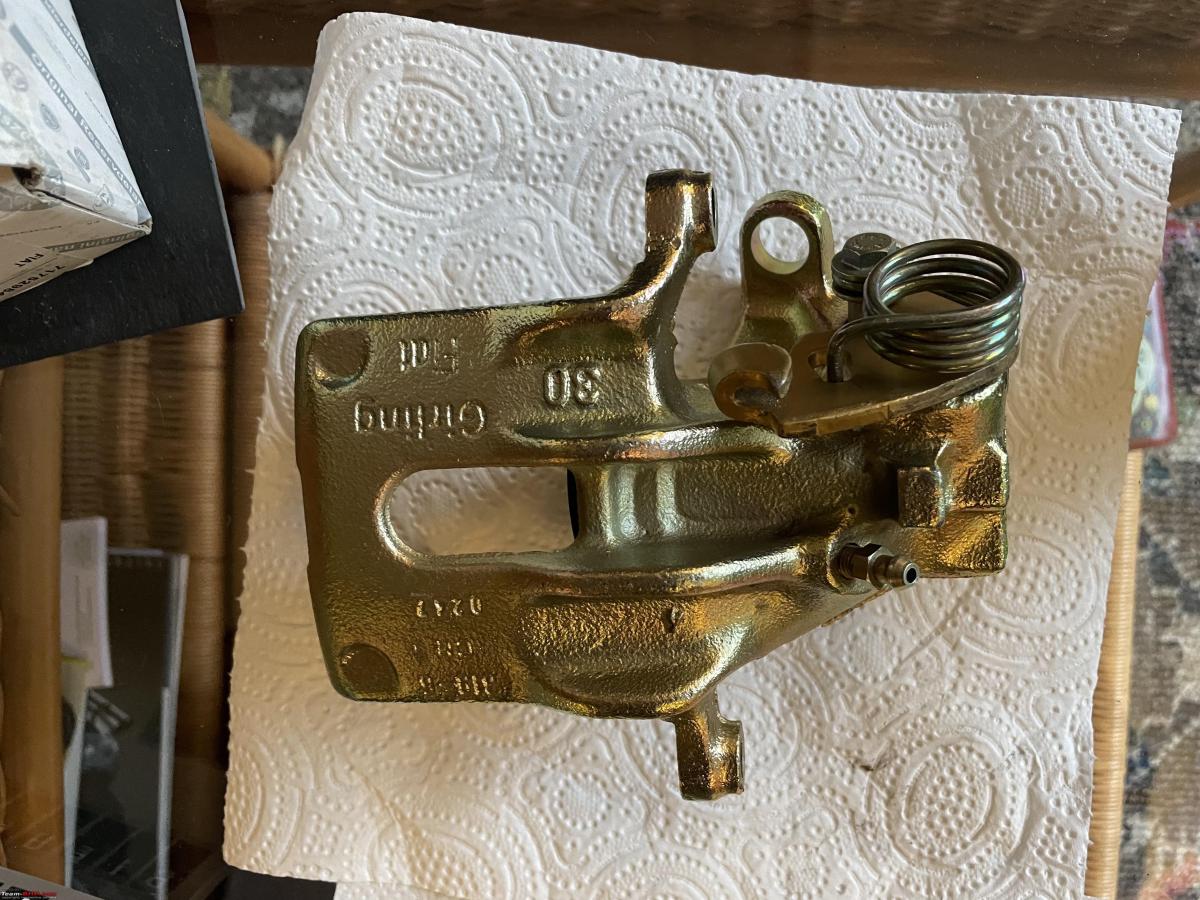
We put the Lancia on some axle stands and took both rear wheels off.

As you can see the rear right disc is badly rusted, but much worse are the deep scratches, where the steel backing plate of the pad was pressed into it.
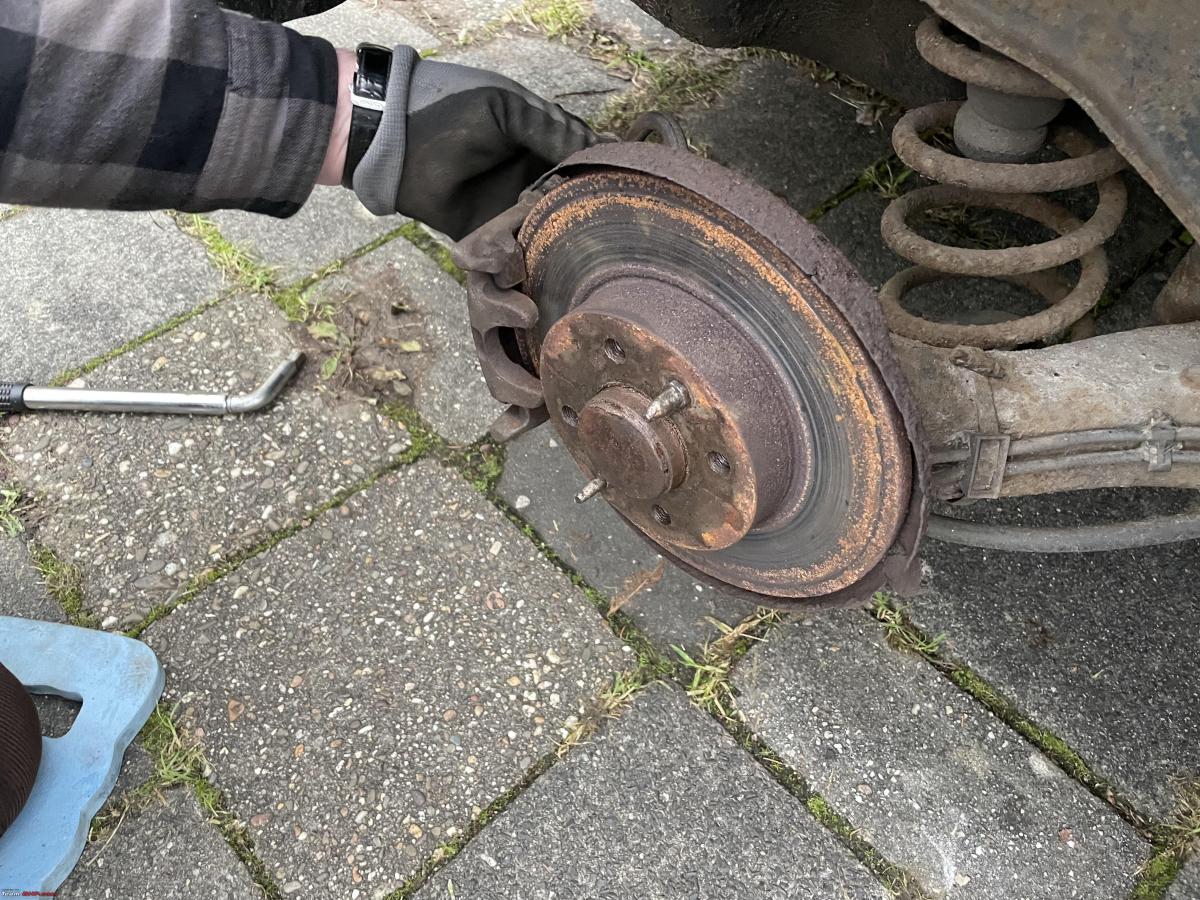

The thickness of the disc was fine, but it was so badly scratched that we replaced it
The disc removed. You can see the ABS signal ring.
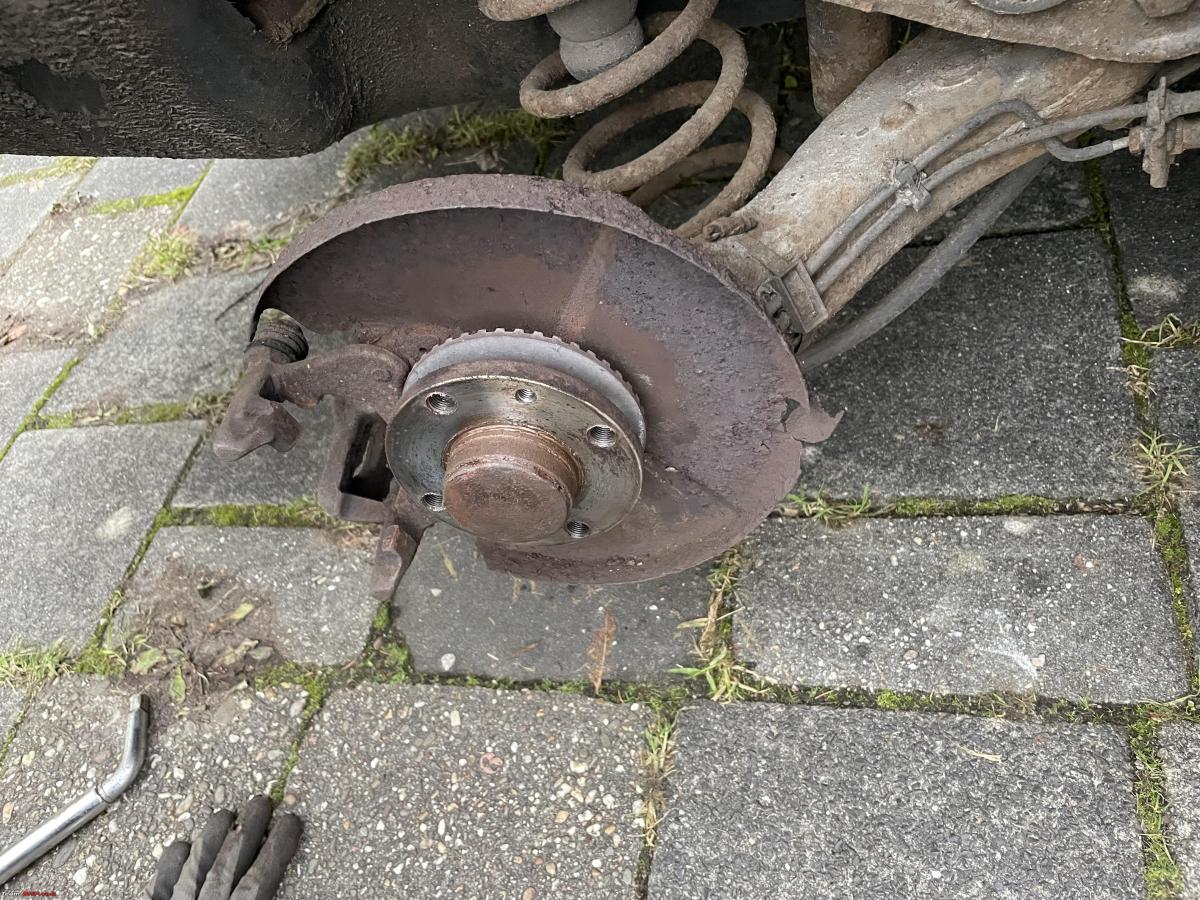
The old discs came off very easily. Put the new ones on. The discs are held in place with two small bolts that also serve as rim guidance when you put the wheel back on.

Same job on the left rear.

It was a fairly straightforward job, replacing the old bits with the new bits. The only problem we had was putting the new callipers on the new disc/pad combination. Would not fit. It did not take us long to figure out, the piston of the calliper needed to be wound further inwards. Just like the ones on Toon's SmartForFour.
Luckily Peter had one of these brake rewind sets. Very handy, very effective.
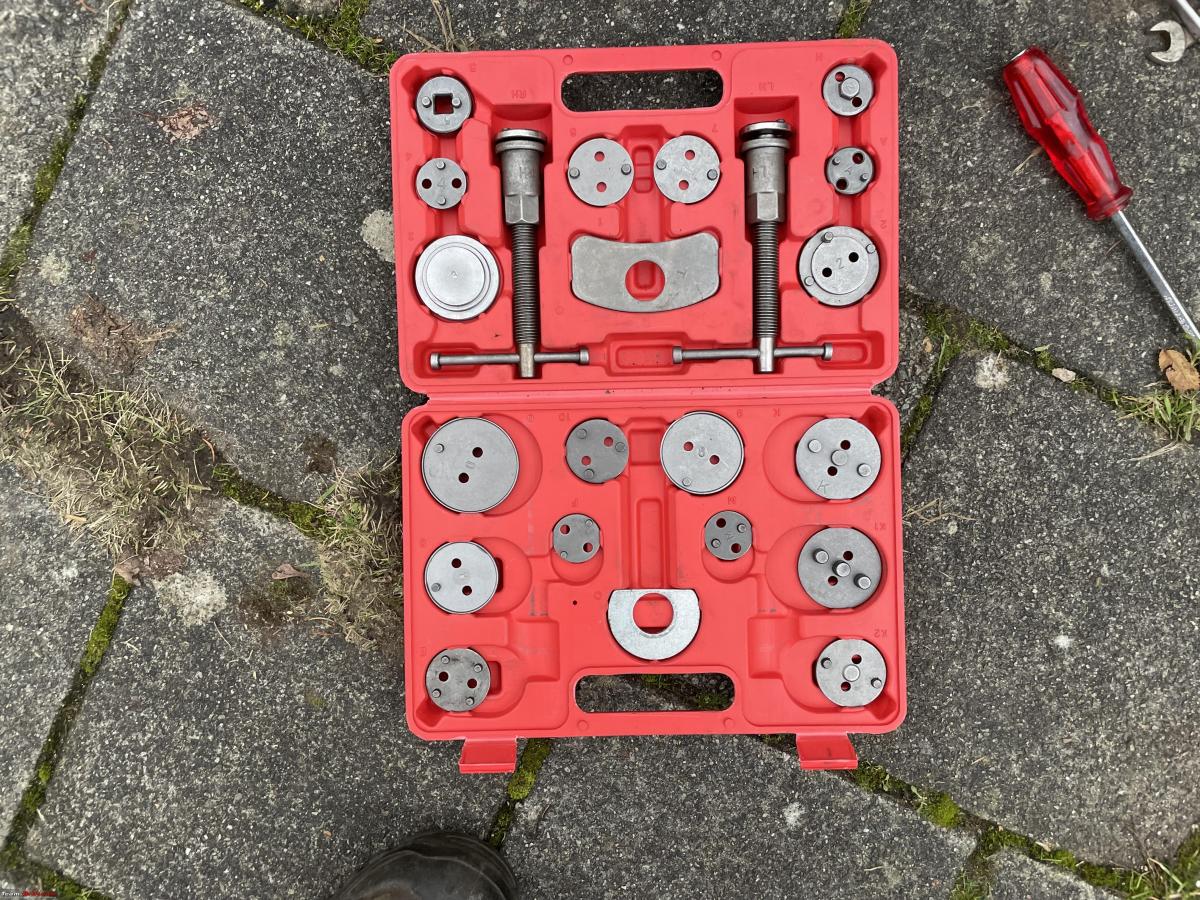
The problems started when we tried to bleed the system. We tried different techniques, with the pressurised bleed system, the vacuum system, by pushing the brake pedal.

Whereas the left rear brake was bled in a matter of seconds, we could not get any brake fluid coming out of the right rear one.
Remembering my experience with the Jaguar brakes, I removed the bleed screw completely. Only to find the exact same problem; the tiny hole that is supposed to let the air/fluid out was completely blocked. (And this was a brand new bleed screw on a completely overhauled calliper!)

So we thought that was the problem. We put a different bleed screw in, one that was open, but still nothing. In the end, we took the hose off the calliper and tried to get some fluid out. Nothing. So the most likely explanation is that the brake hose is blocked. This is not uncommon on old brake hoses. But we did not have a spare one on us, so that is a job for another day.
So a partly successful job. It was freezing cold, so we were glad we were done by about 15.30. Drove back in my W123. Car drives fine, but definitely still a bit of stutter, especially when accelerating.
Check out BHPian comments for more insights and information.
- Tags:
- Indian
- Member Content
- Disc Brake






















_0_0.jpeg)
